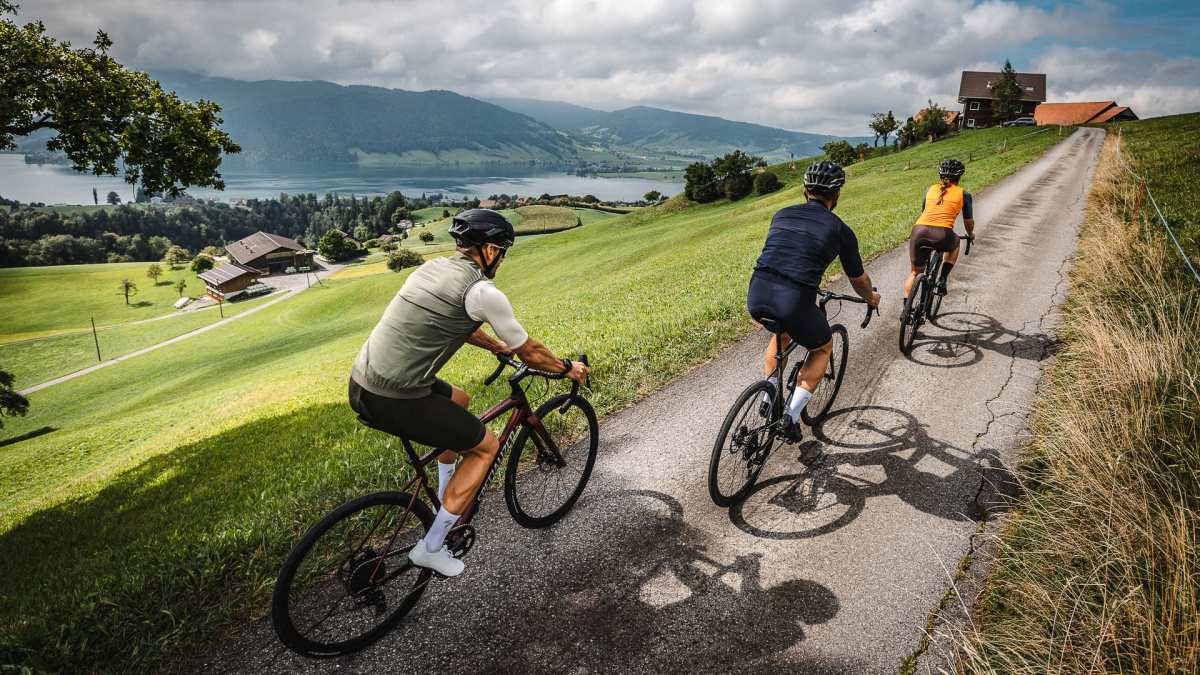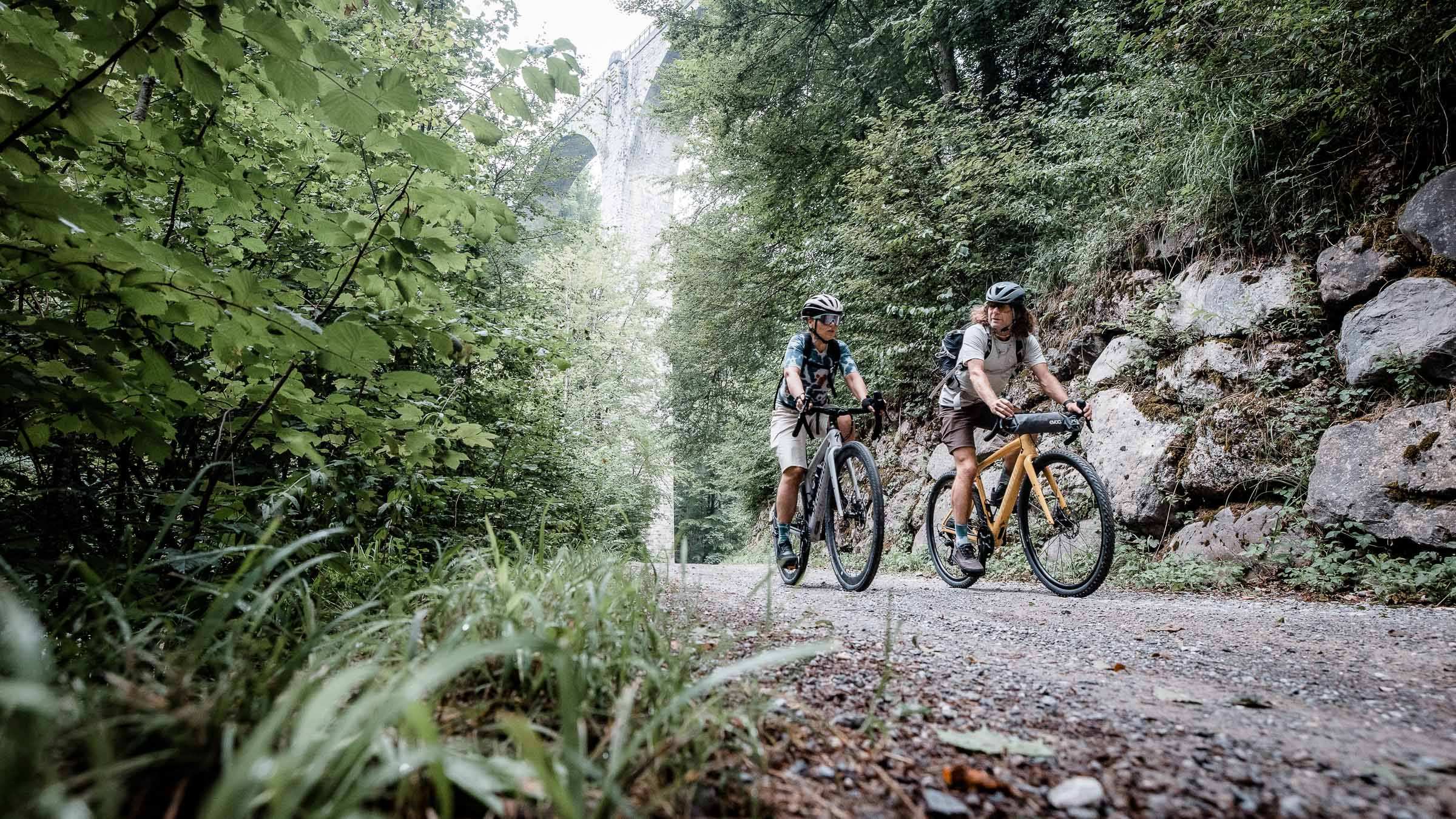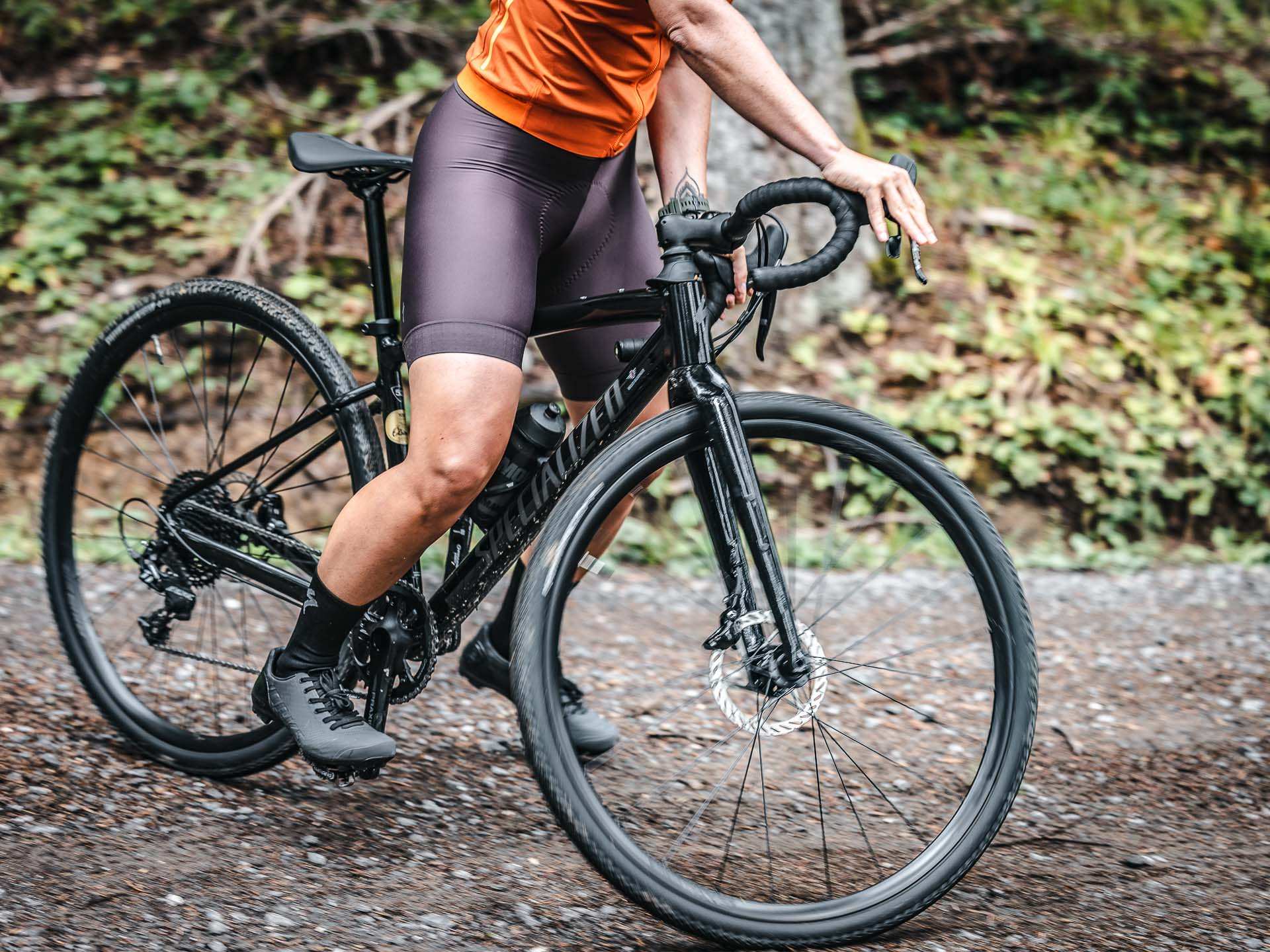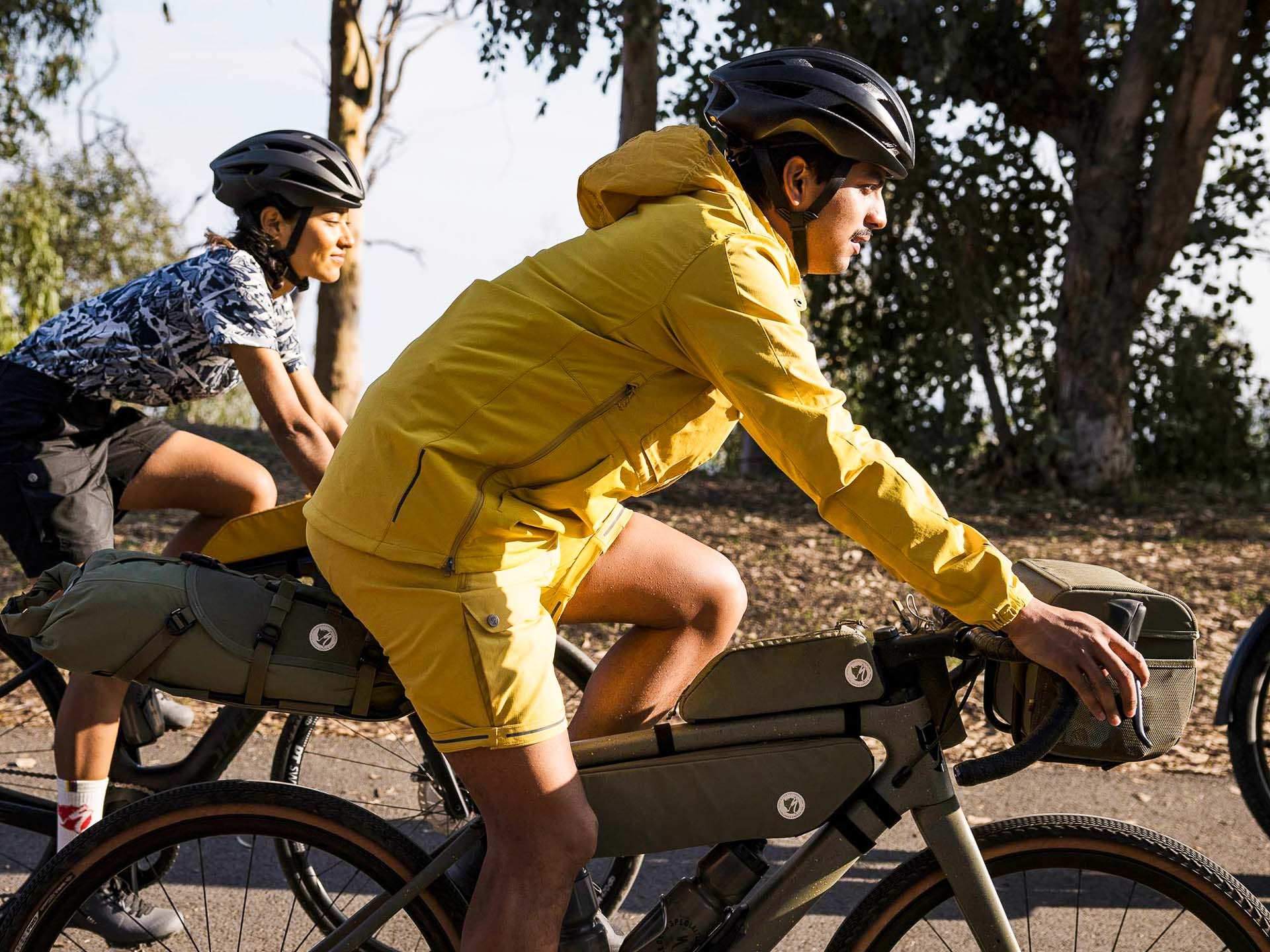
Featured post

Simply put, bikepacking is the synthesis of all-terrain cycling and self-supported backpacking. It evokes the freedom of multi-day backcountry hiking and travel off the beaten path, but with the range and thrill of riding a nimble bicycle. It’s about venturing further into places less travelled, both near and far, via singletrack trails, gravel, and forgotten dirt roads, carrying the essential gear, and not much more.
Off-road cycling adventures require a suitable bike. If you know, there's minimal tarmac and hard, rocky riding ahead. Then you'll need a mountain bike. If you're splitting your time between roads, bridleways and gravel tracks, you guessed it - you'll need a gravel bike. A bike like the Specialized Diverge can cope with the most chunky gravel (even more so if you have the Future Shock while gliding across the tarmac between these stretches.
The Specialized Diverge is a bike built to explore on and off-road. The bike has flared drop bars that are easy to use to manoeuvre the bike and provide numerous hand positions. The bike is available in aluminium or carbon builds, fitting many budgets. It's nimble, feels way lighter than it is, and the handling is spot-on when faced with a bit of technical singletrack.
The frame offers a great balance of stiffness and weight, and there's enough space to take a tyre up to 47mm wide on a 700C wheel. Swap to 650B, and you'll get up to 2.1in (about 54mm) in there.
One of Diverge's key features is the Specialized Future Shock 2.0. If you've not come across this tech before, it's a system that offers 20mm of travel above the head tube and underneath the stem, and it's a lot lighter than adding a suspension fork.
Future Shock provides enough movement to lessen the vibration you experience over rough gravel surfaces, although you'll still feel big bumps and potholes. The 2.0 version offers hydraulic damping for both the compression and the rebound. In other words, rather than pogoing when you hit a bump, the movement is controlled. A dial where your headset's top cap would normally be provides adjustment. The whole system works a treat for a bike of this kind.

Check out the Diverge range at Specliazed.com
When planning a bikepacking route, it can be a good idea to stay close to home in familiar territory for the first time. You can test your gear setup, and if you need to get back quickly for whatever reason, you can.
Use a route planner like Komoot or Strava to find the best bikepacking routes near you. You can search for other people's public routes or design your own. Pay attention to the distance and elevation, as this will give you a rough idea of how long it will take you to get to your destination.
Bikepacking.com is another great website for tried and tested overnight bikepacking routes. Or if riding within Switzerland, the best place to start is looking at the national cycling routes at schweizmobil.ch
Lightweight bikepacking setups generally opt for bivvy bags or tarps rather than tents due to weight and bulk. Bivvy bags are a waterproof outer layer for your sleeping bag - a kind of full-body sock, if you will. A tarp is a waterproof and windproof sheet you pitch above while sleeping.
There are pros and cons to every setup, of course: some people prefer to sleep in an enclosed space (a tent or hammock) rather than leave themselves open to the elements. Weather is another factor to bear in mind when making this decision. If it's likely to rain, you'll probably want a tent to keep you and your kit dry.
As the temperature drops overnight, you'll need to slip into something a little warmer if you're outdoors. Merino base layers are good for keeping warm both while cycling and sleeping. An insulated jacket to wear while you pitch your tent or inflate your sleeping mat is also a great addition to any bikepacker's kit list.
Ultimately, the kit you take with you will depend on how warm or cold you feel at night. What works for one person may not work for you, so it's all trial and error. After a few overnight bikepacking adventures, you'll know exactly what you need.
Fjällräven and Specialized present a unique collection of functional clothing and equipment combining Swedish hiking functionality with Californian biking expertise. For discovering new places and new perspectives. This collection is perfect for bikepacking. Check out the collection at Specialized.com/fjllrven

When you've got your gear worked out, you'll need somewhere to carry it all to your chosen sleeping spot. Enter the humble bikepacking bag. They're small but mighty, and they fit on just about every bike.
There are a variety of bikepacking bags that you'll want to consider:
You can find all of these online at specialized.com
Saddlebags and handlebar bags are ideal for bulkier items that you don't need while you're riding. Stash your sleeping bag, bivvy bag and sleeping mat in them until you stop for the night.
Top tube bags are useful for money, snacks and other sundries you're likely to want while you're on the go.
Finally, a frame bag can be perfect for holding all your tools and spares. You hope you don't need these items but they're handy if you do suffer an unfortunate puncture or mechanical.
Although we generally aspire to ride without a backpack, they can be useful for more technical rides—especially those that require their fair share of hike-a-biking—or for carrying a camera, or if you don't yet have bikepacking bags. For such purposes, a 14+ litre hydration pack will do.
What you end up packing may vary, but this list is a great starting point if you want some inspiration (or a shopping list!) for what you need to go for your first overnighter:
There are a few essentials that should be carefully considered before setting out on a multi-day trip. A good tool and repair kit is required to addressing any mechanical issues that may arise. And don’t leave home without a first aid kit. Bikepacking often involves riding through remote and rugged terrain that can be hard to reach by emergency services. Be prepared, and don’t take unnecessary risks. Always have a cell phone with you, and carry a spare battery. Consider carrying a Spot Tracker, especially if travelling alone.
Once you have a route, all your gear and your bike, it's time to see what all the fuss is about. If you don't fancy going solo, grab a couple of mates to join in the fun. The only thing better than riding with your friends is camping overnight with them too.

Featured post